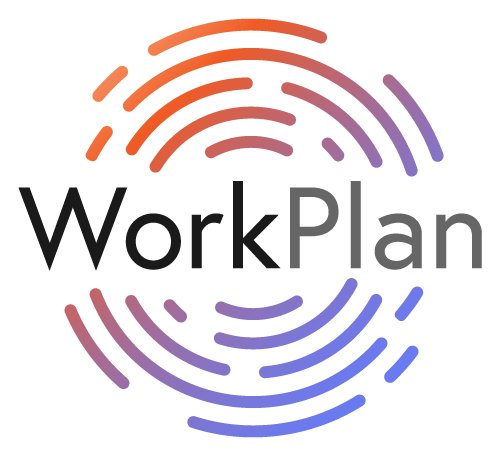Collaborative learning is nothing new. We all know that people spend time looking for, reading and watching content to help them do their work. In most cases, this informal learning is in reaction to an immediate need and the source of the information is an online search.
Imagine if all the informal learning achieved in this way was captured and available to everybody in your business. If one person needs to fill a gap in skill or knowledge to perform their work, it is likely others in your business share the need.
Is the knowledge already held by people in your business available to others? Does your business have a collective knowledge base that is aligned with the work your business performs? Collective, accessible knowledge and information that is created, curated and shared is one of the powerful contributors to engagement and culture in a business. Collaborative learning is also an effective means of providing recognition to people that contribute to the collective knowledge.
Our clients are using training and information created by people in their business to deliver effective onboarding to people joining the business. This has standardised the onboarding experience for every person. Using collaborative learning also assists people to identify subject matter experts in the business and get a feel for the work other people perform in the business.
Here are some ideas to consider.
- Ideally every person in your business has some knowledge of your strategy and how their work contributes to achieving it. If not, this is where I would suggest you start. I would suggest taking it a step or two further by breaking your strategy into supporting goals and team objectives. If your business is small and does not have teams, consider assigning objectives to functional areas of responsibility in the business and this could be one I recommend the strategy, goals and objectives are documented and communicated regularly.
- Use the strategy framework to open up a clear line of sight between the work they perform every day in the business to what needs to be completed to achieve the strategy.
- This process will help guide the types and content of learning, information and ideas developed by everyone to be directly relevant to both the strategy and the work performed everyday. This is a great place to start and it will get collaborative learning embedded in your organisation.
- Once you have collaborative learning embedded in your business and aligned with strategy, you can take it much further. For example, you may choose to use collaborative learning in your marketing, sales, customer retention, product development and any other aspect of your business.
- Implementing a cogent collaborative strategy in your business will have a positive impact on the development of intellectual property that will add significant value to your business.
Is your business exploring ways to improve the culture? Boost engagement? Retain your best people? These factors and more will be developed and sustained with a planned collaborative learning strategy and implementation.
If you are interested in learning more about collaborative learning and ideas about how to implement collaborative learning in your business, you are welcome to contact me directly via LinkedIn. You can also request a demo from this page.
Check out our WorkPlan website to learn more about our work in collaborative learning and engagement.

